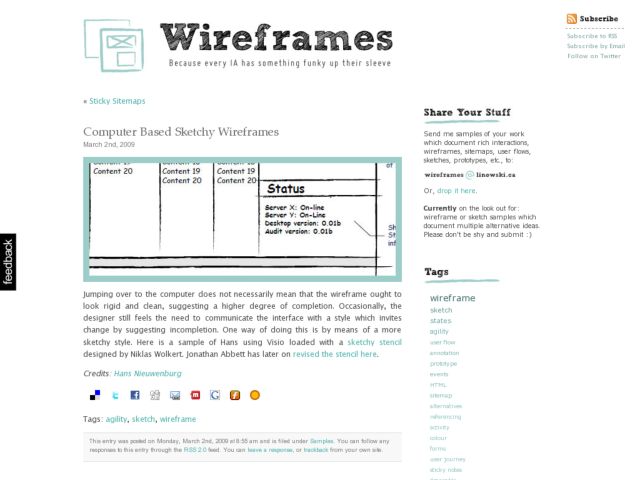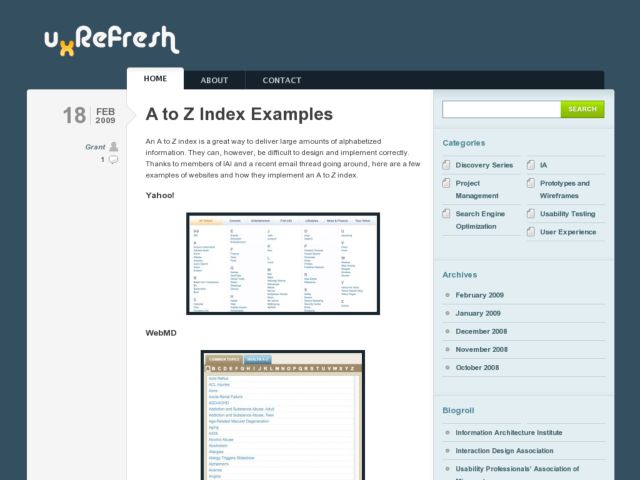The recent Skittles launch, which appropriated Modernista's idea, and the Shepard Fairey law suit, which questions whether or not the artist has a first ammendment right to use images appropriated from an AP photohjournalist, is making me think more and more about the issue of plagiarism vs. inspiration.
I don't know who was involved with the making of the Skittles site, but it reminds me of how BBDO ripped off Spike Jonze's "Full Flared" video for its Skittles commercials. If, for instance, Modernista designed Skittles or Jonze directed the Snickers ad, I wouldn't be bothered. But this just feels like someone is plagiarizing and being lazy. I don't know how a creative agency can be this blatant and not think they're going to get called out for it. What's bothersome in all of this is that credit is not given to the original, permission is not granted I am sure.
I'm a firm believer in finding inspiration from others' work, but only if the concept and design is altered significantly enough that it becomes one's own and only marginally refers to the original. What Fairey does, in my opinion, pales in comparison to what these ad agencies are doing, and it can be debated whether or not his work is too close to the original and falls into the rules for fair use. I think it's pretty close and my opinion on that has been changing pretty regularly on the Fairey issue. What makes the issue sticky is that it is both art and it results in a commercial product. I think it would be less likely to be troublesome if the result was simply some form of communication or a more pure attempt at free speech. But the commercial aspect alters that view of the copy in my opinion.
In any case this is an issue that re-emerges constantly and becomes more and more laborious for me to think about and discuss each time it arises.

